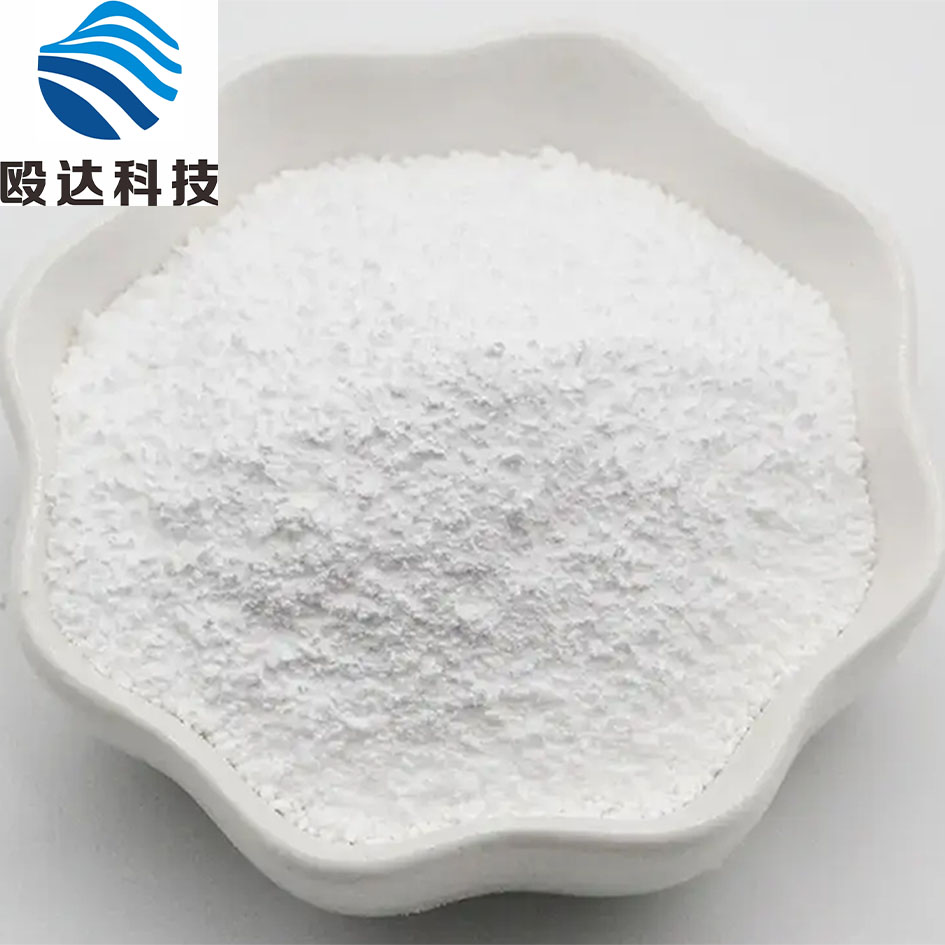-
Categories
-
Pharmaceutical Intermediates
-
Active Pharmaceutical Ingredients
-
Food Additives
- Industrial Coatings
- Agrochemicals
- Dyes and Pigments
- Surfactant
- Flavors and Fragrances
- Chemical Reagents
- Catalyst and Auxiliary
- Natural Products
- Inorganic Chemistry
-
Organic Chemistry
-
Biochemical Engineering
- Analytical Chemistry
- Cosmetic Ingredient
-
Pharmaceutical Intermediates
Promotion
ECHEMI Mall
Wholesale
Weekly Price
Exhibition
News
-
Trade Service
Picture: The team led by Professor Francisco Ciruela (UB-IDIBELL-UBNeuro)
Photopharmacology is an emerging scientific field developed on the basis of the development of photosensitive drugs.
This innovative technology combines a drug with a molecule that acts as a switch.
The Neuropharmacology and Pain Research Group of the Bellevue Institute of Biomedical Research (IDIBELL), School of Medicine and Health Sciences, and Institute of Neuroscience (UBNeuro) at the University of Buffalo, led by Professor Francisco Ciruela, proposed a light-activated morphine Derivatives and a photodrug for the treatment of psoriasis, as well as a light-exchange derivative of adenosine, allow researchers to study the transmission of pain
Currently, morphine and other opioid derivatives are the most widely used treatments for pain relief
The team led by Francisco Ciruela worked with Amadeu Llebaria (IQAC-CSIC, Barcelona) to design, synthesize and characterize a photosensitive morphine derivative that can be activated by high-precision light
Ciruela said: "Pharmacology allows us to create an opioid-based treatment with the best risk-benefit ratio
In the journal "Pharmacological Research", researchers proposed a psoriasis solution based on photopharmacology
Psoriasis is a chronic skin disease that affects 2% of the population.
"The
Tools for studying pain transmission
The researchers worked with Professor Dirk Trauner of the University of New York to develop a light exchange derivative of adenosine, which allowed them to map the contribution of several adenosine receptors in pain transmission
Adenosine is a neuromodulator of cells in the nervous system
Original reference:
M.
M.
K.
Hüll, V.
Fernández-Dueñas, M.
Schönberger, M.
López-Cano, D.
Trauner, F.
Ciruela.
" Optical Control of Adenosine-Mediated Pain Modulation ".
Bioconjugate Chemistry, August 2021.
Doi: 10.
1021/acs .
bioconjchem.
1c00387







